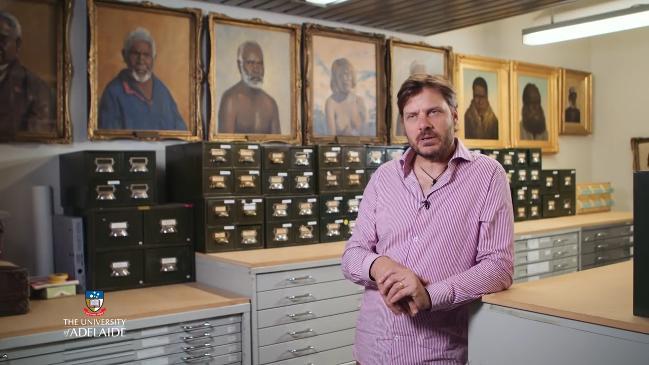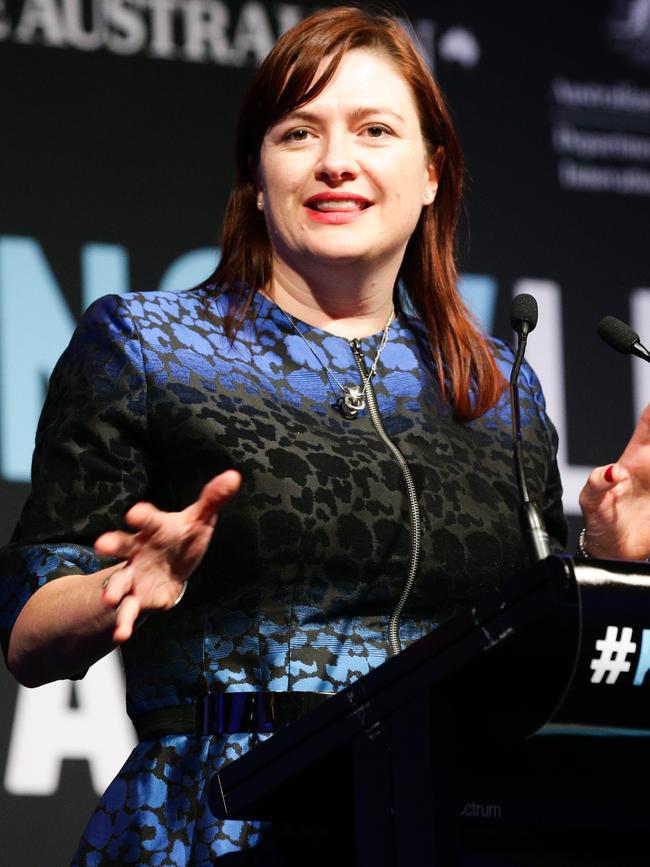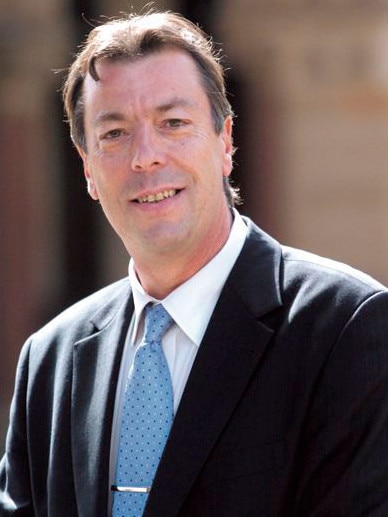SA universities say a lot more research funding is needed to keep up with the world
South Australia’s three major universities have hit out at a lack of federal funding for research and development, arguing the shortfall is leaving the country behind the rest of the world.

SA News
Don't miss out on the headlines from SA News. Followed categories will be added to My News.
South Australia’s three major universities have hit out at a lack of federal funding for research and development, arguing the shortfall is leaving the country behind the rest of the world.
UniSA, Flinders University and the University of Adelaide have presented a united front on research spending, when asked by The Advertiser.
They argue the sector needs a significant cash injection to keep undertaking world-leading research.
Research funding is set to become a significant election issue.
The Liberals have denied cutting funding for universities while Labor is pushing for economy-wide spending on research and development to be increased from its current levels, of about 1.88 per cent of the nation’s GDP to three per cent by 2030.
University of Adelaide Deputy Vice-Chancellor, Research, Mike Brooks said the No. 1 priority for the research sector was to get what the industry described as “block funding” that covered costs beyond researchers.
“When we receive research grants, we get money to hire researchers and equipment but the actual cost of hosting the research is about the same amount,” Professor Brooks said.
“So if we are given $1 million for research over three years, that will cost the university at least an additional $1 million to host that research.
“We have one of the world’s worst systems in the OECD for funding the underlying costs of research.”

In terms of the election, Prof Brooks said the university would like parties to commit to the full funding of the underlying costs of research.
“So we don’t just get the research grant for the direct costs but we get the underlying costs that go with it and that is what happens in countries like the UK, the USA and Singapore,” he said.
“If you want a really vibrant research system that is economically valuable to all nations, proper funding is essential. At the moment, we cross-subsidise.”
Mr Brooks also called for a future fund for non-medical research. “That will primarily be about funding research that is more commercially orientated and focused.”
UniSA Deputy Vice-Chancellor, Research and Innovation, Tanya Monro, agreed.


“Investment research has dropped as a percentage of GDP and yet the creation and translation of knowledge underpins Australia’s future competitiveness and prosperity,” Professor Monro said. “This needs to be addressed.”
A Flinders University spokeswoman said: “Australia’s investment in research is falling as a proportion of GDP and is at a 40-year low at a time when many other nations are actively increasing their commitment to research.”
Labor has not put a dollar figure on what it believes its policy would cost because Australia’s GDP, currently $1.8 trillion, can change.
Opposition education and training spokeswoman Tanya Plibersek told The Advertiser a Labor government would work with universities and the business sector to lift research spending to three per cent of GDP.
“We need to look at the adequacy of research funding on its own,” Ms Plibersek said.
“By capping funding for universities, the Liberals have effectively cut hundreds of millions of dollars more from university research funding.”
Federal Education Minister Dan Tehan denied there had been a cut in funding for universities.
“The university sector will not receive a dollar less in 2019 than it did in 2018,” he said.
“Our Government is reprioritising funding to ensure more students from regional, rural, remote, indigenous and low socio-economic status backgrounds have an opportunity to get a higher education.”


